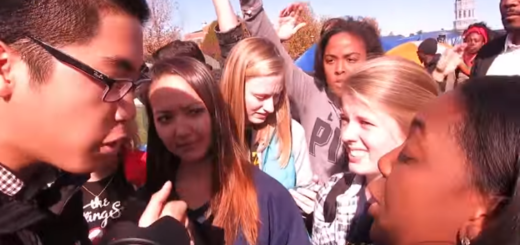Baby Boomer Retirement Is Not What Is Killing the Labor Force

By MATT SHAPIRO
As we’ve inched our way back from the great recession, the unemployment rate has gone down pretty consistently for nearly seven years. It has held steady for almost a year at about 5%, which is pretty comfortably a pre-recession unemployment rate.

Most of the employment indicators seem to be doing fairly well, with the exception of labor force participation. The labor force is essentially made up of everyone who has a job (employed, full or part time) and everyone who wants a job (unemployed).
But there are people who are neither. This group includes full-time college students, the retired, those who cannot work due to disability, and … well … anyone who doesn’t want to work. Labor force participation held pretty steady in the ’00s, but since the recession started, it’s gone down to the lowest point since the 1970s.

The casual explanation to this is “Well, the Baby Boomers are retiring.” This is a compelling answer on its face because it seems to fit what we imagine the data must look like. Boomers are between 55 and 70 years old, so a whole swath of them are right around retirement age; it would make sense that they are voluntarily leaving the work force.
Unfortunately, when we separate the data by age, we find a much different picture. The chart below looks at labor force participation by age groups five years apart.

One thing you can see immediately is that labor force participation is actually higher among baby boomers than it was for people of a similar age 10 years ago. With the exception of the 55 to 59 age range, boomers are staying in the work force longer.
In fact, boomers are the only age group with an increased participation rate. Gen X (ages 35 to 54) and millennials (16 to 34) are lower in labor force participation than their comparable age ranges 10 years ago.
The effects here are pretty substantial. We expected the baby boomers to retire, but if they had retired as we expected and new people entered the workforce at the same rates as 2006, we’d have a participation rate of 64.5% (163.5 million people in the labor force).
Instead, the labor force participation rate is 62.8%, which comes out to 160.7 million people in the work force. That means we’re missing 2.8 million people we expected to have in the work force.
But don’t worry. It’s worse than that.
It’s worse because so many Boomers are staying in the work force that they offset the missing workers elsewhere. When we do the math, we find that we have 2.2 million MORE baby boomers continuing to work than we would have expected. From the Gen X cohort, we’re missing 1.5 million workers. From the millennials age range, we’re missing 3.5 million.
In fact, the younger the working group, the further their participation in the work force has slipped.

Now, you may be thinking, “I’ll bet you college attendance is up, maybe that is where the 16 to 24 age group has gone.” This is an astute observation and you should pat yourself on the back for making it.
After you’re done with that, you can go look up college enrollment rates for that age group and see that this only accounts for about 1 million of the missing workers in that age range, leaving 1.7 million 16- to 24-year-olds neither attending a university nor working nor seeking work.
This doesn’t even begin to touch on the 780,000 older Millennials (25 to 34) missing from the work force or the 1.5 million Gen X workers. If all these millennial and Gen X “missing workers” were counted as unemployed, they would swell the ranks of unemployment by nearly 4 million, which would bring the unemployment rate up above 7%*.
So where are all these workers? Why are so many younger, prime-working age people not in the labor force?
I’ve looked around for answers to this question, but the real answer is “we’re just not really sure.”
*I’m not suggesting that the “real” unemployment rate is 7%. I hate the idea that labor statistics are somehow skewed or manipulated and I’m not in any way suggesting that.
Matt is a software engineer, data vis designer, genetics data hobbyist, and technical educator based in Seattle. He tweets under @politicalmath, where he is occasionally right about some things.




Are there more demographics than age in play here? Could it be demographic shifts to groups that work less often? Is there a decrease in the number of number of working men? Women? Are the missing people emigrating but still counted in statistics? Could more people be working in jobs that are off the books?
I’d be really interested in what you think is most likely.